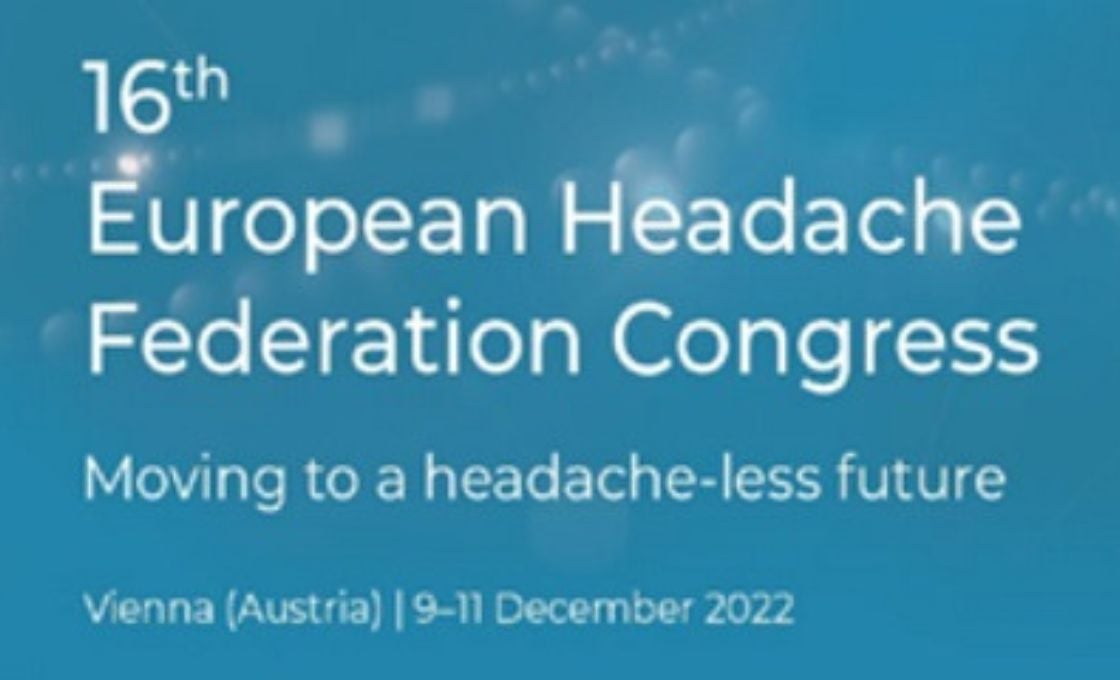
Barriers for patients with migraine: The road to achieving appropriate care
For people living with migraine, good medical care should, at minimum, include seeking care from a healthcare professional (HCP), obtaining an accurate diagnosis, and receiving an individualized treatment plan.1 During the scientific platform session on headache at the 2021 virtual American Academy of Neurology (AAN) Annual Meeting, Professor Dawn C. Buse (Albert Einstein College of Medicine, Bronx, New York, US) discussed data from a study examining the proportion of people living with migraine who traversed barriers to good medical care and outcomes.
This has to do with continuing our community outreach—as AAN, AHS, and our scientific organizations continue to do—to reach everyone living with migraine, and not just those who are receiving healthcare.
Four predefined barriers to migraine care
To interrogate the impact of barriers to good outcomes in migraine, Prof. Buse and colleagues utilized data from the internet-based Chronic Migraine Epidemiology and Outcomes (CaMEO) study collected between 2012–2013 in the US.2 According to Prof. Buse, respondents in the CaMEO study who met the International Classification of Headache Disorders 3rd edition (ICHD-3) criteria for episodic migraine (EM) or chronic migraine (CM)3, had a Migraine Disability Assessment (MIDAS) score greater than or equal to Grade 2, and provided data on their health insurance status were included in the present study.
Prof. Buse explained that the four barriers assessed in this study were predefined as follows: 1) receiving an appropriate medical consultation; 2) receiving an accurate diagnosis; 3) following a minimally appropriate pharmacological treatment regimen; and 4) avoiding acute medication overuse. In addition to investigating the proportion of people with migraine who traversed these barriers, Prof. Buse also noted that the effects of sex, race, ethnicity, and annual household income were examined.
Only a small percentage of people living with migraine traversed all barriers
Among the respondents of the CaMEO study, Prof. Buse explained that 9184 people—7930 with EM and 1254 with CM—met the eligibility criteria for this study. She reported that among them, 27.6% (2187/7930) of people with EM and 40.8% (512/1254) of people with CM had traversed the first barrier and were currently receiving headache consultations. Among those who had traversed the first barrier, Prof. Buse continued, 75.7% (1655/2187) of people with EM and 32.8% (168/512) of people with CM traversed the second barrier and were able to receive an accurate diagnosis. Further, Prof. Buse found that 59.9% (992/1655) of people with EM and 54.2% (91/168) of people with CM also traversed the third barrier and received minimally appropriate acute and preventive pharmacological treatments. She noted that 31.8% (315/992) of people with EM and 74.7% (68/91) of people with CM who had traversed the three barriers met the criteria for acute medication overuse (MO)—finally revealing that only 8.5% (677/7930) of people with EM and 1.8% (23/1254) of people with CM among eligible respondents traversed all four predefined barriers.
Sex, race, and socioeconomic barriers to migraine care
Female respondents were significantly more likely to self-report as receiving an accurate diagnosis (70.3% of women vs. 56.6% of men) as well as avoiding MO (34.0% of women vs. 41.9% of men), according to Prof. Buse. She also emphasized that race had an effect on receiving consultations (33.2% of Black Americans vs. 29.1% of White Americans) and the likelihood of experiencing MO (45.2% of Black Americans vs. 33.3% of White Americans), although Hispanic ethnicity was not significantly associated with traversing any barrier. To conclude, Prof. Buse stressed the finding that higher annual household income was significantly associated with increased rates of traversing each barrier.
Public outreach and further efforts needed to remove barriers
Given the results that reflect the difficulties that people living with migraine encounter when traversing all four treatment barriers to receive good medical care, Prof. Buse passionately highlighted the need to improve education, advocacy, consultations, diagnoses, and HCP–patient communications. For Prof. Buse, the significant effect of sociodemographic factors on the likelihood of traversing these barriers revealed a need to particularly—and increasingly—focus efforts on improving health literacy and the quality of care for marginalized individuals and communities.
Dodick DW, Loder EW, Manack Adams A, et al. Assessing Barriers to Chronic Migraine Consultation, Diagnosis, and Treatment: Results From the Chronic Migraine Epidemiology and Outcomes (CaMEO) Study: Headache. Headache 2016;56(5):821–34.
Adams AM, Serrano D, Buse DC, et al. The impact of chronic migraine: The Chronic Migraine Epidemiology and Outcomes (CaMEO) Study methods and baseline results. Cephalalgia 2015;35(7):563–78.
Headache Classification Committee of the International Headache Society (IHS) The International Classification of Headache Disorders, 3rd edition. Cephalalgia 2018;38(1):1–211.



